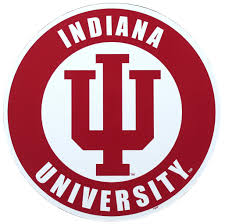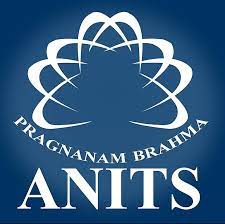Umesh Kumar Gattem
Greetings, my name is Umesh Kumar, and I am an enthusiastic developer and designer with extensive
experience in the field of Artificial Intelligence and Deep Learning technologies. I have worked with
various backends such as TensorFlow, Keras, and PyTorch. My proficiency in Python programming spans
over seven years. As a highly motivated AI engineer, I have been involved in the design of tools for
visually constructing data transformation recipes, developing Deep Learning models, and end-to-end
pipelines for Data Scientists.
I am an excellent team player who enjoys contributing to product development by taking proactive
initiatives and assuming responsibility for projects. I am excited to apply my skills and expertise
to real-world projects that have the potential to positively impact thousands of people and make
their lives easier.
 Indiana University Bloomington
Indiana University Bloomington Anil Neerukonda Institute of Technology and Science
Anil Neerukonda Institute of Technology and Science